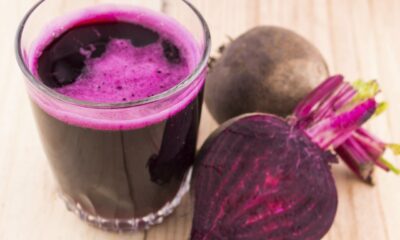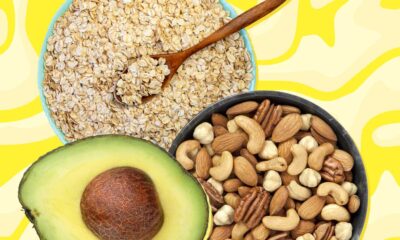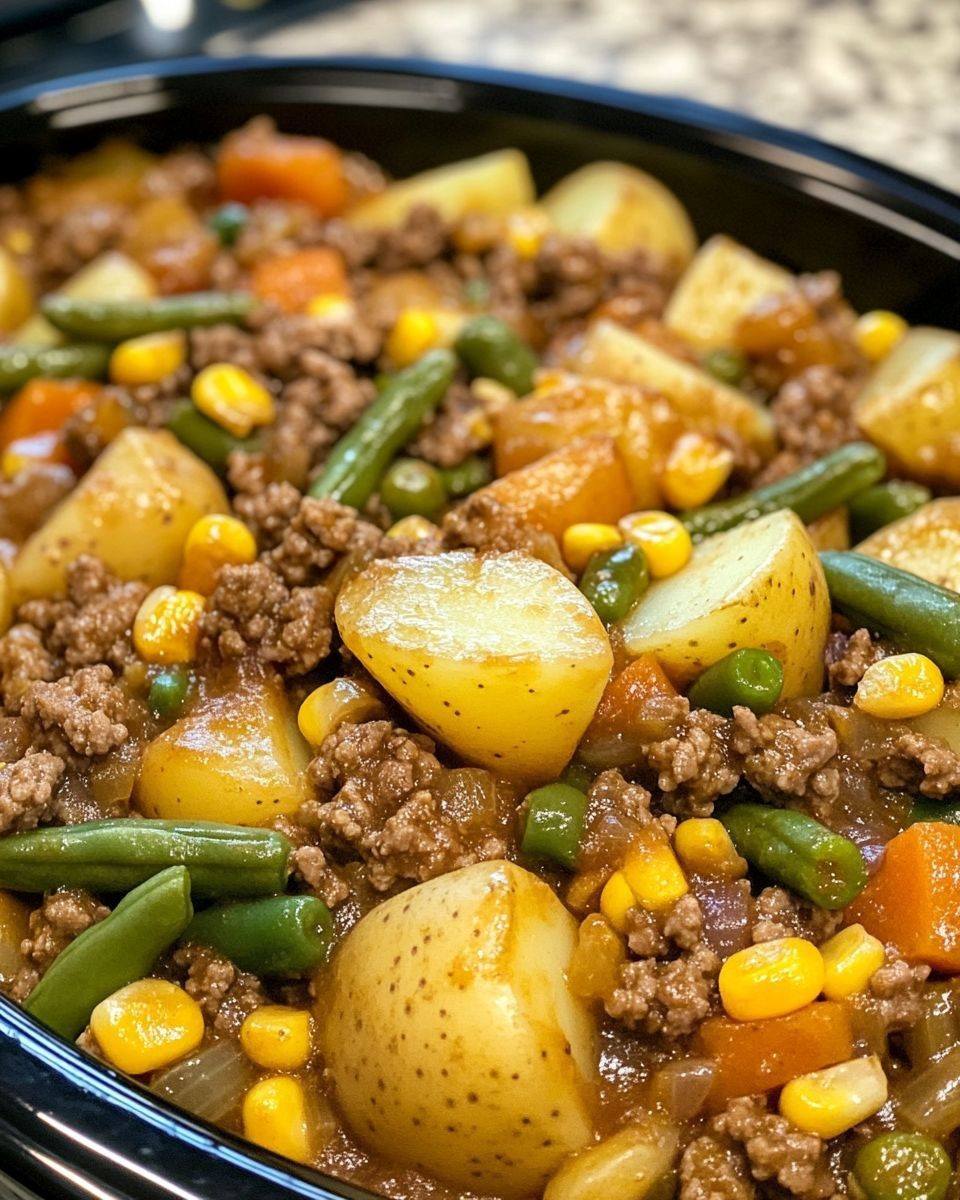Sometimes, the best remedies don’t come in a pill bottle—they come from nature, in a bowl of something warm and nourishing. A Chinese doctor once shared with me a simple yet powerful recipe that harnesses the natural healing benefits of everyday ingredients: a comforting pumpkin soup. More than just a cozy meal, this soup supports blood sugar balance, reduces cholesterol, combats anemia, and promotes heart health.
Let’s dive into what makes this pumpkin soup so unique, why it’s worth adding to your routine, and how you can easily prepare it at home.
Why This Soup Works: The Science Behind the Ingredients
Traditional Chinese medicine emphasizes balance, nourishment, and the healing power of food. This soup follows those principles, combining ingredients known for their anti-inflammatory, antioxidant, and heart-protective properties.
Pumpkin: A Superfood for Blood Sugar and Cholesterol
Pumpkin is low in calories but high in fiber, which slows down the absorption of sugar into the bloodstream and helps regulate blood glucose levels. It’s also rich in beta-carotene, an antioxidant that converts to vitamin A, which is crucial for immune health and cellular repair. The potassium in pumpkin helps regulate blood pressure, while its fiber helps lower LDL (“bad”) cholesterol.
Onion and Garlic: Nature’s Heart Guardians
Both onion and garlic have long been studied for their cardiovascular benefits. They contain sulfur compounds that help reduce blood pressure, lower cholesterol, and improve arterial health. Garlic, in particular, is known to enhance circulation and reduce inflammation, making it a staple in heart-healthy diets.
Red Bell Pepper: A Burst of Antioxidants
Bright and flavorful, red bell peppers are packed with vitamin C and carotenoids, which combat oxidative stress in the body. These nutrients support the immune system and may help reduce inflammation in the arteries.
Ginger and Spices: Digestive and Anti-Inflammatory Allies
Ginger has long been used in both Eastern and Western medicine for its anti-inflammatory and digestive benefits. In this soup, it adds a warming element while supporting circulation and calming the stomach. Cumin and sweet paprika also lend their anti-inflammatory and antioxidant properties.
Coconut Milk: Healthy Fats for Satiety and Energy
Coconut milk adds creaminess and healthy fats that promote satiety, support brain function, and help your body absorb fat-soluble vitamins. These medium-chain triglycerides (MCTs) are more easily converted to energy, making them a smart choice for people managing weight or blood sugar levels.
How to Make the Healing Pumpkin Soup
Making this soup is as easy as it is rewarding. You don’t need fancy equipment or hard-to-find ingredients—just a pot, a blender, and some love.
Ingredients:
1 tablespoon olive oil
1 onion, chopped
2 garlic cloves, minced
1 red bell pepper, chopped
1 teaspoon grated fresh ginger
1 teaspoon ground cumin
½ teaspoon sweet paprika
4 cups peeled and diced pumpkin
4 cups low-sodium chicken or vegetable broth
½ cup coconut milk
Salt and pepper to taste
Instructions:
In a large pot, heat the olive oil over medium heat.
Add the chopped onion and minced garlic. Sauté for 2–3 minutes, or until fragrant.
Add the red bell pepper, ginger, cumin, and paprika. Cook for another 2 minutes to release the spices’ aroma.
Stir in the diced pumpkin. Let it cook briefly to absorb the flavors.
Pour in the broth. Bring everything to a boil, then reduce heat and let it simmer for 20 minutes, or until the pumpkin is soft.
Use an immersion blender to puree the soup until smooth. (Or carefully transfer to a blender in batches.)
Stir in the coconut milk. Taste and adjust seasoning with salt and pepper.
Serve warm. Garnish with fresh herbs, pumpkin seeds, or a swirl of coconut milk if desired.
Who Can Benefit from This Soup?
This pumpkin soup is ideal for anyone looking to support their health naturally. Here’s how it can help specific groups:
People with diabetes or prediabetes: The fiber and low glycemic index of pumpkin make it a smart choice for blood sugar regulation.
Individuals with high cholesterol: Soluble fiber, garlic, and antioxidants work together to lower LDL cholesterol and promote arterial health.
Those battling anemia: Pumpkin and red pepper provide essential nutrients like iron and vitamin C, which improve iron absorption.
Anyone with inflammation or heart concerns: Anti-inflammatory ingredients support healthy circulation and heart function.
A Simple Step Toward Holistic Health
In today’s fast-paced world, it’s easy to overlook the power of food as medicine. But as this Chinese doctor wisely reminded me, wellness often begins in the kitchen. When we return to whole, nourishing ingredients, we not only feed our bodies but also fortify our future health.
Whether you’re managing a chronic condition or simply want to support your heart and immune system, this healing pumpkin soup offers a delicious and comforting way to do so. Plus, it’s easy to customize—add lentils for extra protein, swap in sweet potatoes for a twist, or spice it up with chili flakes.
True health doesn’t have to be complicated. With every bowl of this pumpkin soup, you’re taking a step toward better blood sugar balance, reduced cholesterol, and a stronger heart. So the next time you’re craving something warm, healing, and satisfying, remember this humble recipe—a gift of wisdom from East to West, from kitchen to heart.



 Recipes6 months ago
Recipes6 months ago
 Recipes6 months ago
Recipes6 months ago
 Recipes6 months ago
Recipes6 months ago
 Recipes4 months ago
Recipes4 months ago
 Recipes3 months ago
Recipes3 months ago
 Recipes4 months ago
Recipes4 months ago
 Recipes4 months ago
Recipes4 months ago
 Recipes4 months ago
Recipes4 months ago













